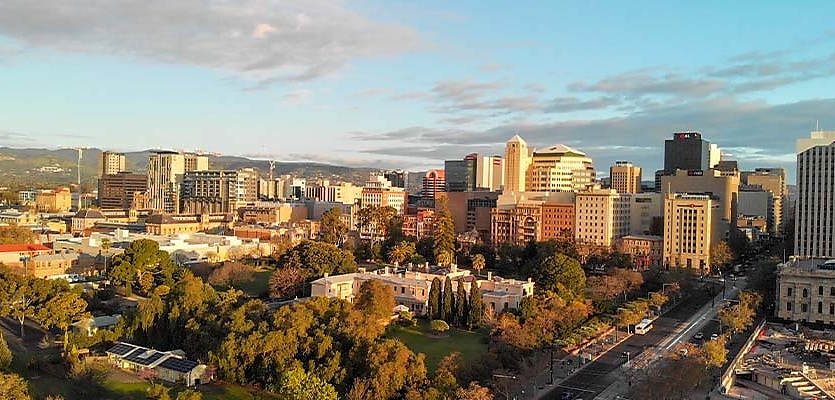A new motorway and multi-part upgrade project to better link Adelaide’s northern and southern districts is having some substantial ramifications on the city’s commercial market.
The build, which involves the construction of a new 10.5-kilometre motorway and several tunnels connecting the Torrens to Torrens (T2T) project in the north and the Darlington Upgrade in the south, will be the new major route for north and south-bound Adelaide traffic, running a total distance of 78 kilometres.
Along the route, the need for land to facilitate the project as well as current and forthcoming changes in traffic patterns have been both a help and hardship for businesses.
David Ente, director of Raine & Horne Commercial South Australia, explained that the acquisition of commercial property on South Road and side streets for the T2T project tunnel has “pushed up demand for commercial properties either side of the project back towards the CBD as well further out into the suburbs”.
“The tunnel comes out at different spots and the government has reclaimed inner suburban properties to facilitate these exit and entry points. They are taking a lot of properties to make this happen and this is displacing a lot of businesses,” Mr Ente said.
But those who have not been able to stay close to their previous homes have sought space in other commercial precincts elsewhere in the city, elevating demand across the city.
Once the project is completed, the streamlining of traffic is expected to bring an ultimate benefit to businesses by reducing travel times and increasing population flow.
“The project will make it easier for customers to access businesses located along the new routes. This could lead to increased foot traffic and revenue for small businesses in the area,” Mr Ente said.
Even with this fluctuation across the market, he noted that yields have stayed fairly consistent across Adelaide, with industrial assets remaining the strongest market after experiencing 18 months of growth.
Currently, yields for retail and industrial space ranges from 3 per cent to 5 per cent while office property sits in the 4 per cent to 6 per cent range.
ABOUT THE AUTHOR
Juliet Helmke
Based in Sydney, Juliet Helmke has a broad range of reporting and editorial experience across the areas of business, technology, entertainment and the arts. She was formerly Senior Editor at The New York Observer.

Never miss a beat with
Stay across what’s happening in the Australian commercial property market by signing up to receive industry-specific news and policy alerts, agency updates, and insights from reb.
Subscribe to reb Commercial:









You are not authorised to post comments.
Comments will undergo moderation before they get published.